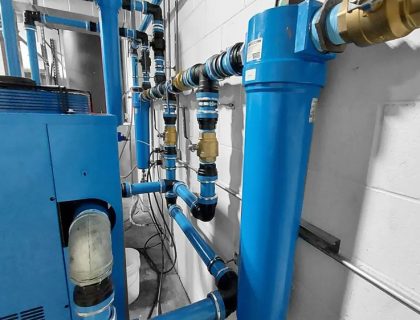Compressed air quality is crucial in various industrial applications where compressed air is used. The quality of compressed air refers to its cleanliness, dryness, and absence of contaminants. It is essential to remove moisture, oil, and particulate matter from compressed air to ensure optimal performance and longevity of pneumatic systems and equipment. Contaminants can cause damage, corrosion, and compromise the efficiency of tools and machinery. To maintain high-quality compressed air, industries employ filtration, drying, and purification processes, adhering to specific standards to meet the requirements of their applications. Properly treated compressed air not only enhances the reliability of pneumatic systems but also contributes to product quality in industries such as manufacturing, pharmaceuticals, and electronics
Here are key aspects of compressed air quality that needs to be considered to ensure it meets the required standards for specific applications.


